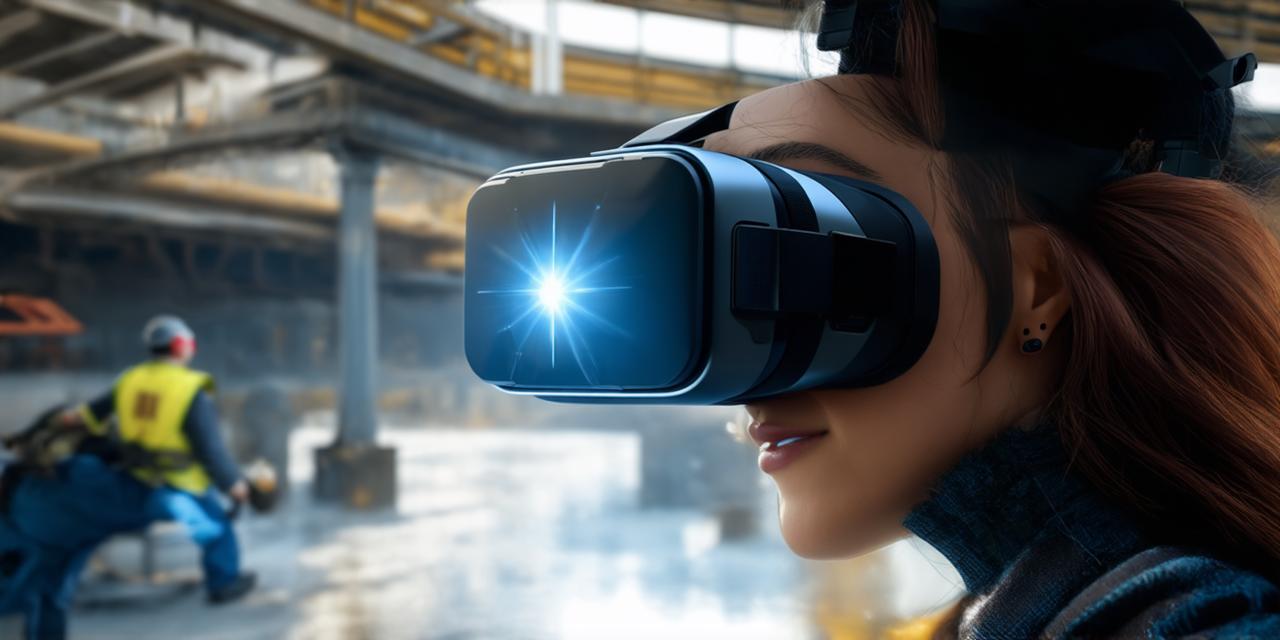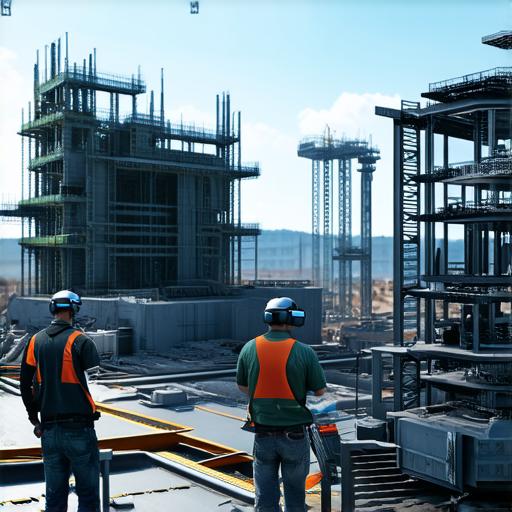
How can the construction industry make use of virtual reality?
Improved Design and Planning
One of the most obvious benefits of VR in the construction industry is the ability to improve design and planning. With VR, architects and engineers can create highly detailed and realistic simulations of their designs, allowing them to see how the final product will look and function in a virtual environment. This can help to identify potential problems or issues early on in the process, saving time and money in the long run.
For example, the company Autodesk has developed a VR tool called “BIM 360 VR” that allows architects and engineers to create immersive virtual environments for their projects. This tool can be used to visualize complex building designs, test out different materials and finishes, and even simulate potential disasters like earthquakes or floods. By using VR in this way, architects and engineers can make more informed decisions about their designs, resulting in buildings that are safer, more functional, and more aesthetically pleasing.
Enhanced Training and Education
Another area where VR is having a significant impact in the construction industry is training and education. With VR, trainees can experience real-world scenarios in a safe and controlled environment, allowing them to develop new skills and improve their performance without the risk of injury or damage to equipment.
For example, the company Skillsoft has developed a VR training program for construction workers that simulates various tasks such as welding, scaffolding, and crane operation. By using VR in this way, workers can gain hands-on experience in a virtual environment, allowing them to develop new skills and improve their performance on the job site. This not only benefits individual workers but also helps to ensure that construction sites are safe and efficient.
Improved Communication and Collaboration
Virtual reality can also be used to improve communication and collaboration within the construction industry. With VR, team members can come together in a virtual environment to discuss plans, review designs, and make changes in real-time. This allows for more efficient and effective collaboration, resulting in fewer misunderstandings and delays.

For example, the company Bechtel has used VR to bring together teams of engineers and architects from different parts of the world to work on a major oil and gas project. By using VR in this way, team members were able to collaborate in real-time, regardless of their location, resulting in a more efficient and effective project management process.
Reduced Costs and Improved Efficiency
Finally, virtual reality can also help to reduce costs and improve efficiency throughout the entire construction process. By using VR to simulate various scenarios and test out different designs, architects and engineers can make more informed decisions about their projects, resulting in buildings that are more efficient and cost-effective in the long run.
For example, the company AECOM has used VR to optimize the design of a major hospital project in London. By simulating various scenarios and testing out different designs in a virtual environment, the team was able to identify potential issues and make changes that resulted in significant cost savings and improved efficiency.


